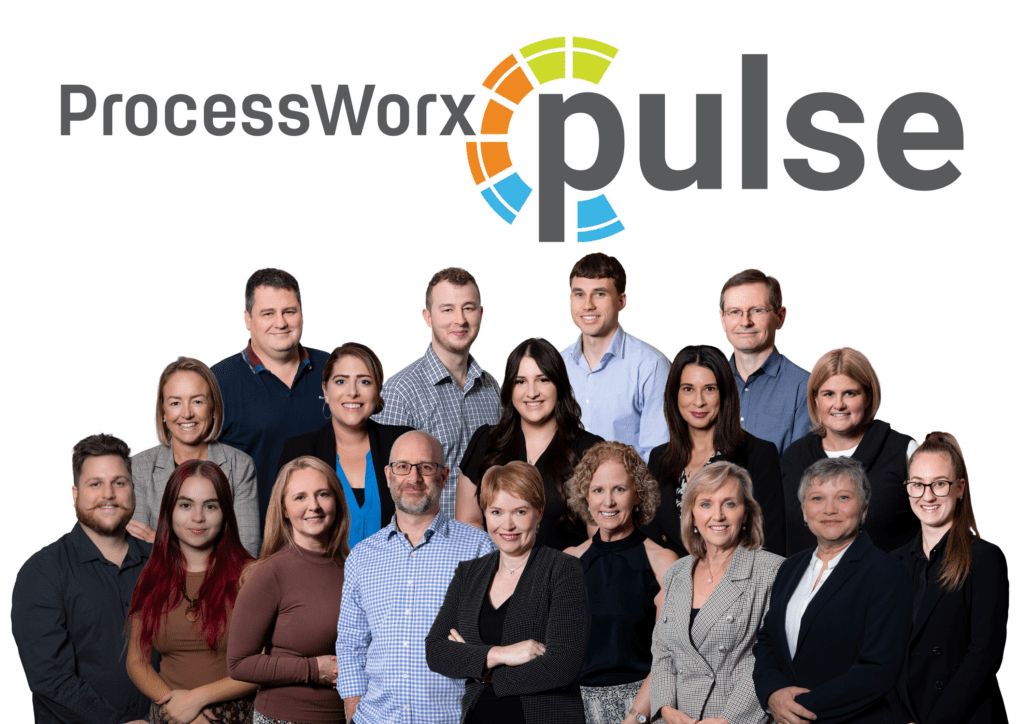The buzzword all employers talk about is ‘productivity.’ The events of the last year have shown while many workplaces demonstrated agility in their fast pivot to remote working environments and reported a consequential lift in employee productivity, this was actually a false positive.
This pivot resulted in an ‘always on’ approach for many employees (especially those in lockdown) who can not only figuratively but literally cannot escape their workplace – as it’s in their home. The real and likely human cost is employee burnout.
What is Employee Burnout?
A simple definition of employee burnout is ‘the culmination of physical and emotional exhaustion, further impacted by a lack of support and resources.’
Signs Your Staff May Be Suffering from Employee Burnout
The most common signs of burnout are as follows:
- Disengagement or withdrawal
- Appearing unhappy, demoralised, worried, or overly stressed
- Communicating negatively with other staff – affecting workplace culture
- Excessive sick leave/ time off
- Failing to meet deadlines
- Not wanting to talk about work
The Impact of Employee Burnout
Just one employee suffering from burnout can affect the balance of the whole team, your business, and your customers. When people are unhappy, they can project that unhappiness – intentionally or not – colouring their communication with colleagues and customers.
Employee Burnout Can Have Serious Consequences
There are instances where work can – quite literally – make you sick. Some staff members operate under intense pressure to exceed specific targets or meet with a specified number of KPI’s, with the belief that their job is on the line if these goals aren’t met.
This can result in stress-related illnesses, such as:
- Elevated blood pressure
- Weakened immune system
- Heart attacks
- Skin conditions
- Anxiety disorders
This year especially, with the increasing number of remote employees, there has been a perceived increasing pressure to demonstrate work ethic and productivity levels – to an unusual degree. There has been an overcompensation in the hours worked and rising obsession over the quality of work output.
As boundaries between work and personal life blur, employees can also feel as if they’re on call 24/7.
How Can You Prevent Employee Burnout?
As all HR specialists know – people are your greatest asset.
While it is still important (and necessary) to have standards for work output and performance, productivity goals are pointless if your staff are:
- Sick / Injured
- Exhausted
- Lacking focus / distracted
- Overwhelmed/stressed
- Wanting to resign
In simple terms: happiness + job satisfaction = productivity.
Workplaces reporting high-quality, consistent work from staff are those whose employees display excellent physical and mental health and feel that their everyday employment needs are being met.
If you prioritise the needs of your employees, everything else will fall into place. This includes making your staff feel:
- Supported
- Valued
- Heard
- Validated
How to Prioritise Your Employees’ Well-Being
- Set expectations
- Monitor and measure KPIs continually.
- Create safe channels of communication
How to Address a Dip in Productivity
Start by looking at the immediate work environment and existing processes to see if there’s an issue.
Recent changes to roles, processes, or management may affect staff.
Start a conversation with your employees, asking them if there is something at work or in their personal life possibly impacting their performance. Plan for how to address these issues. There are several ways you can manage this:
- One-on-one interviews
- Small focus groups
- Larger team meetings
Consider using a variety of methods to secure feedback from introverted or less talkative employees. Using a combination of meetings, focus groups or one-on-one interviews may help everyone feel comfortable offering insight.
Employees should feel they have everything they need to succeed and meet the desired productivity levels. A crucial part of meeting that need is providing proper training, processes, and policies for their roles.
Bear in mind that if your internal processes are flawed, no amount of training will help. Ensuring you have established reliable, proven processes, procedures and measures will avoid any problems and allow you to conduct suitable training.
How to Balance Productivity with Employee Well-Being
Additional ways to avoid employee burnout:
- Open communication: foster an environment encouraging open, ongoing dialogue.
- Listen: let employees know you’re listening and that you hear them by acknowledging their feedback. If you can’t take action on their ideas, explain why.
- Pay attention: look for visible signs of stress and make it commonplace to approach employees and ask them how they’re doing.
- Encourage feedback: provide safe channels and appropriate processes for submitting feedback. Staff need to know where to go if they don’t feel comfortable speaking with their line manager. Document various options in your employee handbook.
- Provide counselling: a free-to-access employee assistance program (EAP) lets employees know there is support available.
- Encourage work-life balance: flexible work hours help boost a positive work culture – if your business allows it. Periodic wellness days (or a few hours off here and there) enable staff to recharge or attend personal matters.
The first and most crucial step in any productivity-boosting strategy is to focus on making employees happy.
As a leader, it’s imperative to be aware of employee burnout and the consequences it can cause on your team and organisation.
Why Choose ProcessWorx?
At ProcessWorx, we’re driven by our purpose of helping small businesses thrive. We understand how dedicated small business owners are when it comes to building long-term success.
We aim to provide quality HR consultancy services in Perth grounded in value, integrity, passion, and care. So, if you think some of your employees may be suffering from burnout, please get in touch.
We specialise in offering affordable, knowledgeable, and comprehensive advice across all HR issues. One of our greatest strengths is our personalised service. As every small business is unique, we avoid cookie-cutter solutions and instead, we offer a suite of customisable options – matching them to suit our clients’ exact needs.
For advice and guidance regarding avoiding employee burnout, contact ProcessWorx on (08) 9316 9896 or enquiries@processworx.com.au.
Follow ProcessWorx on LinkedIn, Facebook, Instagram, and Twitter to keep up to date with the latest HR and Safety news.






